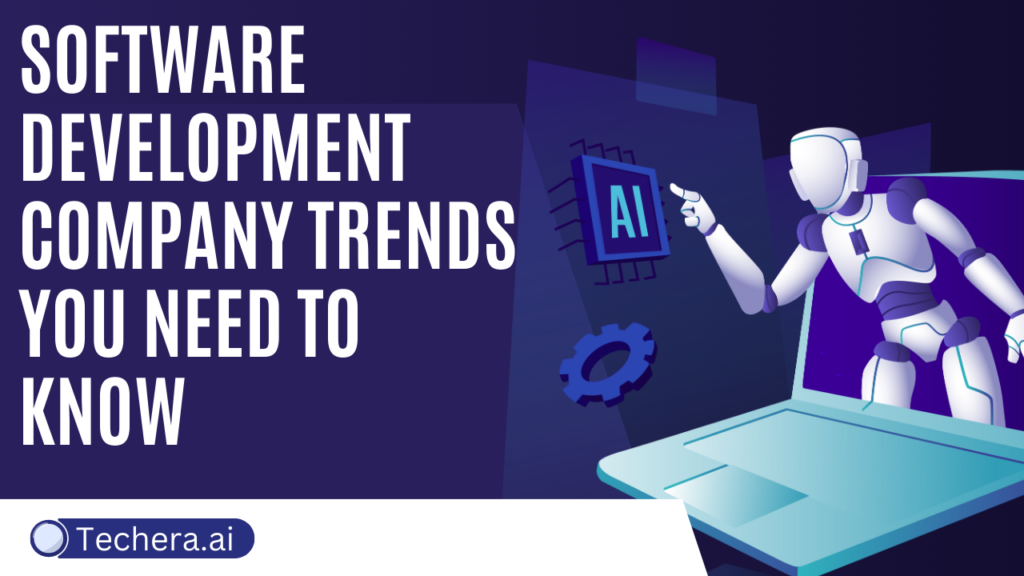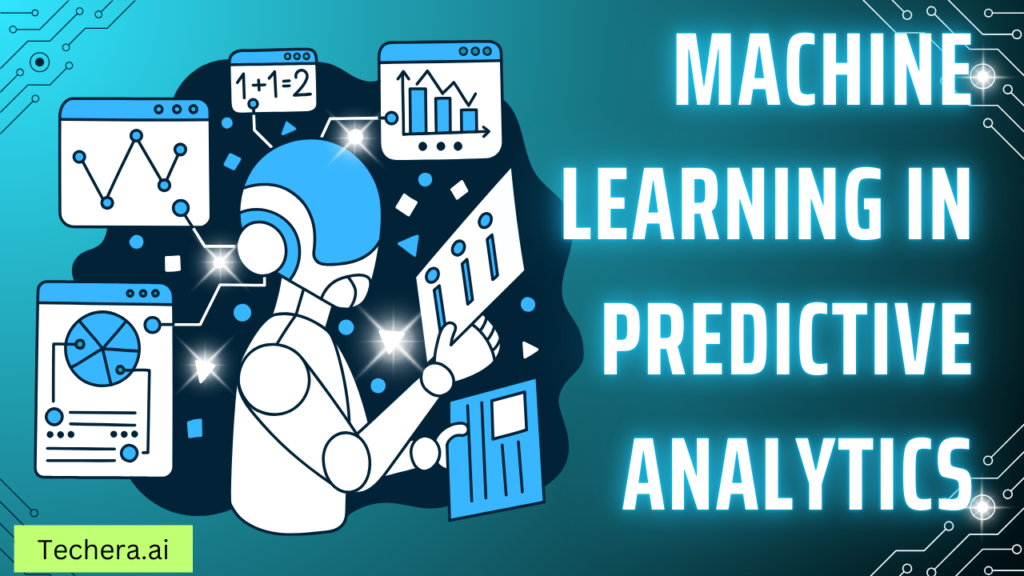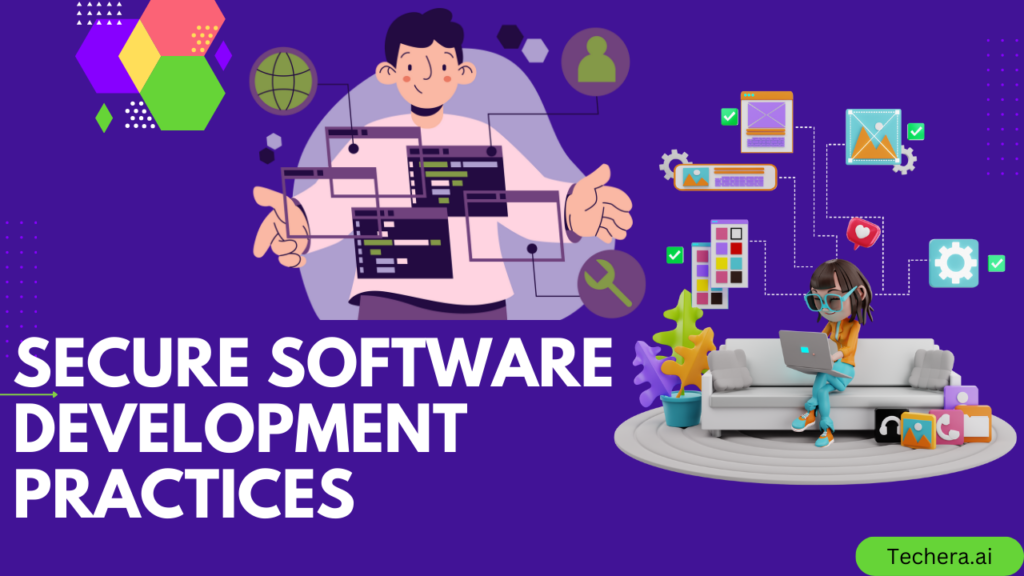
Software Development Company Trends You Need to Know explores the latest advancements and key shifts shaping the software development industry. This blog post highlights emerging technologies, modern development practices, and market demands, offering valuable insights for businesses and professionals in the field. Stay ahead by understanding how a software development company can adapt to these trends and deliver innovative solutions.
Introduction
In today’s fast-paced digital landscape, keeping up with the latest software development trends is more than a competitive advantage—it’s a necessity. These trends not only redefine how software is created but also shape the future of businesses and industries globally. Whether you’re a tech-savvy entrepreneur or a curious developer, this guide covers the most important trends shaping the industry.
The Rise of AI and Machine Learning
Software development is being transformed by artificial intelligence (AI) and machine learning (ML), which provide more intelligent and effective solutions.
AI-Driven Automation
AI is being used to automate repetitive tasks, from debugging code to managing workflows. This saves time and reduces human errors, allowing teams to focus on creative problem-solving.
Machine Learning in Predictive Analytics

With ML algorithms, businesses can predict user behaviors, market trends, and operational risks. This helps companies make data-driven decisions faster than ever.
AI in Personalized User Experiences
AI-powered personalization tools allow businesses to deliver tailored recommendations and dynamic interfaces, boosting customer satisfaction.
Cloud Computing Dominance
Cloud computing continues to dominate, enabling businesses to access scalable and cost-efficient solutions.
Migration to Cloud Platforms
Companies are moving from traditional IT setups to cloud-based platforms like AWS, Azure, and Google Cloud to improve flexibility and scalability.
Multi-Cloud Strategies
Adopting multi-cloud approaches prevents vendor lock-ins and offers more robust disaster recovery options.
Serverless Architecture Adoption
Serverless computing removes the need for managing physical servers, reducing operational costs while enhancing application scalability.
The Growing Demand for Cybersecurity
With rising cyber threats, robust security measures are integral to software development.
Advanced Threat Detection Systems
Real-time threat identification and elimination by AI-driven security systems guarantees data protection.
Secure Software Development Practices

Implementing security best practices from the start, like secure coding and regular audits, minimizes vulnerabilities.
Integration of AI in Cybersecurity
AI enhances threat detection and prevention, offering proactive protection against evolving cyber risks.
Also Read : The Ultimate Guide to Selecting a Software Development Company
Low-Code and No-Code Platforms
The software development process is being revolutionized by low-code and no-code platforms, which make it easier for non-developers to understand.
Simplifying App Development
These platforms allow users to create applications through drag-and-drop interfaces without extensive coding knowledge.
Democratization of Software Creation
By enabling non-technical individuals to build apps, companies can bridge talent gaps and innovate faster.
Speeding Up the Development Cycle
Projects that previously took months can now be completed in weeks, accelerating time-to-market.
Edge Computing and IoT Integration
As the Internet of Things (IoT) grows, edge computing becomes a critical trend.
Real-Time Data Processing
Edge computing allows data to be processed near its source, reducing latency and improving performance.
Enhanced IoT Device Connectivity
Seamless connectivity among IoT devices improves data flow and operational efficiency.
Reducing Latency in Applications
For industries like healthcare and autonomous vehicles, low-latency solutions are game-changing.
Blockchain Technology Advancements
Blockchain’s potential goes beyond cryptocurrencies, impacting industries like supply chain, healthcare, and finance.
Decentralized Applications (dApps)
dApps provide secure, decentralized solutions for various industries, ensuring transparency and trust.
Smart Contract Innovation
Automated contracts reduce paperwork and streamline processes while ensuring compliance.
Blockchain in Supply Chain and Finance
Blockchain enhances transparency in supply chains and ensures secure financial transactions.
Focus on User-Centric Design
Today, users expect seamless and intuitive software experiences.
The Role of UI/UX in Development
User engagement can be made or broken by an interface’s design. Prioritizing UI/UX ensures users return.
Designing for Accessibility
Inclusion is key—designing software accessible to all, including individuals with disabilities, is a growing priority.
Enhancing User Engagement
Interactive elements, personalized recommendations, and intuitive navigation are essential for keeping users hooked.
Agile and DevOps Evolution
Agile and DevOps practices are evolving to meet the demands of modern software development.
Continuous Integration and Delivery (CI/CD)
Streamlined workflows enable faster updates and improved product quality.
DevSecOps for Enhanced Security
Integrating security into DevOps practices ensures secure software delivery.
Collaboration Between Teams
Breaking down silos fosters better communication and innovation among development teams.
Conclusion
The software development landscape is constantly evolving, driven by innovations in AI, blockchain, cloud computing, and beyond. Staying updated on these trends ensures businesses remain competitive, agile, and prepared for the future. Embrace these trends, and you’ll not only survive the digital revolution but thrive within it.
Frequently Asked Question
Q. How is AI transforming software development?
A. AI automates processes, enhances user experiences, and offers predictive analytics for smarter decision-making.
Q. What are the benefits of adopting cloud computing for businesses?
A. Cloud computing improves scalability, reduces costs, and ensures data accessibility from anywhere.
Q. Are low-code platforms suitable for complex projects?
A. Low-code platforms are ideal for simple to moderately complex applications but may not suit highly customized solutions.
Q. How does blockchain improve security in applications?
A. Blockchain ensures data integrity, transparency, and secure transactions through its decentralized structure.
Q. Which sectors stand to gain the most from quantum computing?
A. Healthcare, finance, and logistics are poised to gain significant advantages from quantum computing advancements.

